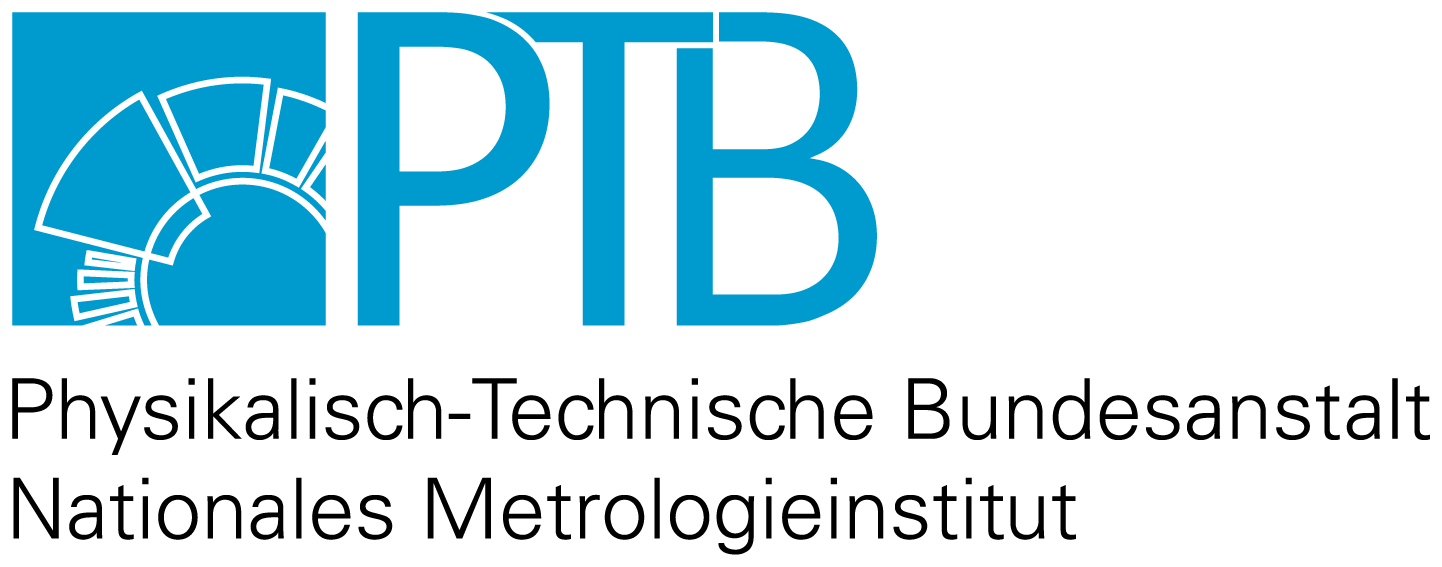| Titel: |
Titel:
Optical Gas Standard: Laser Absorption Spectroscopyfor traceablehydrogen purityanalysis
|
| Autoren: |
Autoren:
Qu, Zhechao, Physikalisch-Technische Bundesanstalt (PTB), Fachbereich 3.3, Physikalische ChemieAgarwal, Sumit, Physikalisch-Technische Bundesanstalt (PTB), Fachbereich 3.3, Physikalische Chemie Zhu, Denghao, Physikalisch-Technische Bundesanstalt (PTB), Fachbereich 3.3, Physikalische Chemie Shu, Bo, Physikalisch-Technische Bundesanstalt (PTB), Fachbereich 3.3, Physikalische Chemie Fernandes, Ravi, Physikalisch-Technische Bundesanstalt (PTB), Fachbereich 3.3, Physikalische Chemie |
| Beitragende: |
Beitragende:
HostingInstitution: Physikalisch-Technische Bundesanstalt (PTB), ISNI: 0000 0001 2186 1887
|
| Seiten: |
Seiten:
8
|
| Sprachen: |
Sprachen:
en
|
| DOI: |
DOI:
10.7795/810.20240405
|
| Art der Ressource: |
Art der Ressource:
PTB: Präsentationsfolien,
DINI: ConferenceSlides,
DataCite: Other
|
| Verlag: |
Verlag:
Physikalisch-Technische Bundesanstalt (PTB)
|
| Rechte: |
Rechte:
Download for personal/private use only, if your national copyright law allows this kind of use.
|
| Datumsangaben: |
Datumsangaben:
Verfügbar:
2024-04-05
|
| Datei: |
Datei:
Datei herunterladen
(application/pdf)
1.3 MB
MD5 Prüfsumme: ca74630d729d948b6612997ac7d765c2 SHA256 Prüfsumme: ffcc7823ac4e201d49e533a609be5e4f1558044fc9a462a03d7bbfb7d53fb54f |
| Zusammenfassung: |
Zusammenfassung:
The European Union has established ambitious targets for reducing carbon emissions, aiming to achieve a 55% reduction by 2030 and achieve carbon neutrality by 2050. Hydrogen, a versatile and promising energy carrier, holds immense potential to contribute significantly to realizing these climate goals. Replacing natural gas with hydrogen in gas networks represents a promising pathway to decarbonize the energy sector and substantially reduce CO2 emissions. Accurate and reliable quantification of hydrogen is critical for effectively controlling the blending process and ensuring that hydrogen concentrations within gas networks adhere to the target tolerances. Hydrogen quality assessment is also essential for custody transfer and fair trade practices. To address this crucial need, new purity specifications have been incorporated into gas quality standards, such as OIML R140, ISO 14687, and ISO/AWI 19880-9, specifically tailored for alternative gases to natural gas, including hydrogen and hydrogen-enriched natural gas. Although gas standards and analytical methodologies have been developed, further advancements are required to empower gas industries to fully validate the quality of gases in accordance with these published standards.
This research endeavors to establish a robust metrological method employing laser absorption spectroscopy (LAS) to guarantee reliable and traceable measurement of hydrogen purity. LAS techniques offer several advantages, including high sensitivity and selectivity, making them well-suited for hydrogen purity analysis. Additionally, LAS methods are non-invasive, allowing for real-time in-situ monitoring of hydrogen purity. The developed spectrometer is based on tunable diode laser absorption spectroscopy (TDLAS), which leverages the absorption of infrared radiation by molecules to determine their mole fraction. However, hydrogen molecules, being diatomic homonuclear without a dipole moment, exhibit exceptionally weak absorption lines in the infrared region. To overcome this limitation, an optical pathlength enhancement method was employed to boost the sensitivity of the H2 spectrometer. The performance of the spectrometer was evaluated, demonstrating its suitability for precise and reliable hydrogen measurement. The outcomes of this research will make a substantial contribution to the development of standardized approaches for hydrogen purity analysis, paving the way for time-resolved accurate and reliable hydrogen quality control across various applications. |

-OAR
